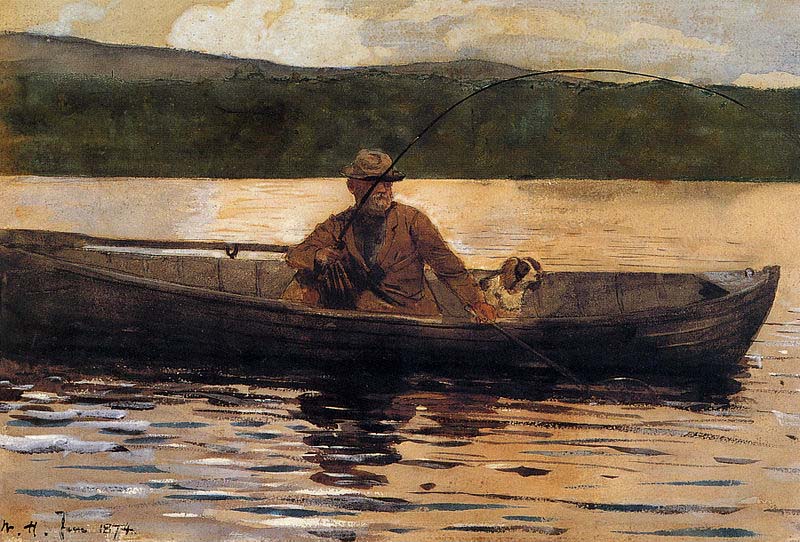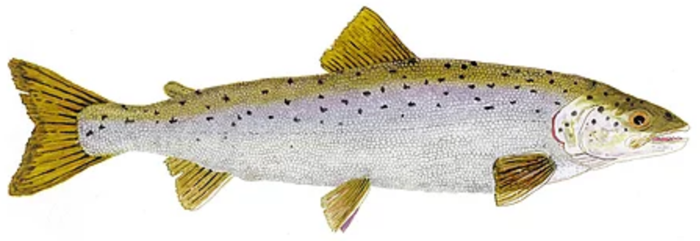
Winslow Homer [1836–1910] – Title: The painter Eliphalet Terry [1826-1896] fishing from a boat Date: June 1874 / watercolor on paper. A commons image Current location New York City.
What Does the Covid-19 Restrictions Mean for Conservation Funding?

By Southwick Associates / March 26, 2020
Conservation stands to gain from the Covid-19 restrictions now in place across the nation. As seen in past times of uncertainty, license sales and Federal Aid in Sport Fish and Wildlife Restoration excise tax collections increase. What’s happening now?
At the time of this newsletter’s release, Pittman-Robertson excise tax collections were increasing due to security concerns nationally. For many, uncertainties about their safety drive them to purchase taxable firearms and ammunition. This is based on a fear of what others might do if essentials are no longer available in stores, or if excessive unemployment affects peoples’ ability to purchase essentials. Expect sales of handguns and MSR’s to spike higher than shotguns and traditional rifles, along with matching ammunition. In some areas, shotguns will do better where purchase restrictions inhibit sales of handguns and many rifles.
For Wallop-Breaux sportfishing and boating excise taxes, the factor causing increased collections relates to excess time at hand. In previous economic downturns, when core outdoor segments have more time on their hands, meaning less overtime and weekend work hours, fishing and hunting license sales increased. The ‘great recession’ of 2008-09 is a prime example.
Read the complete story here . . .



